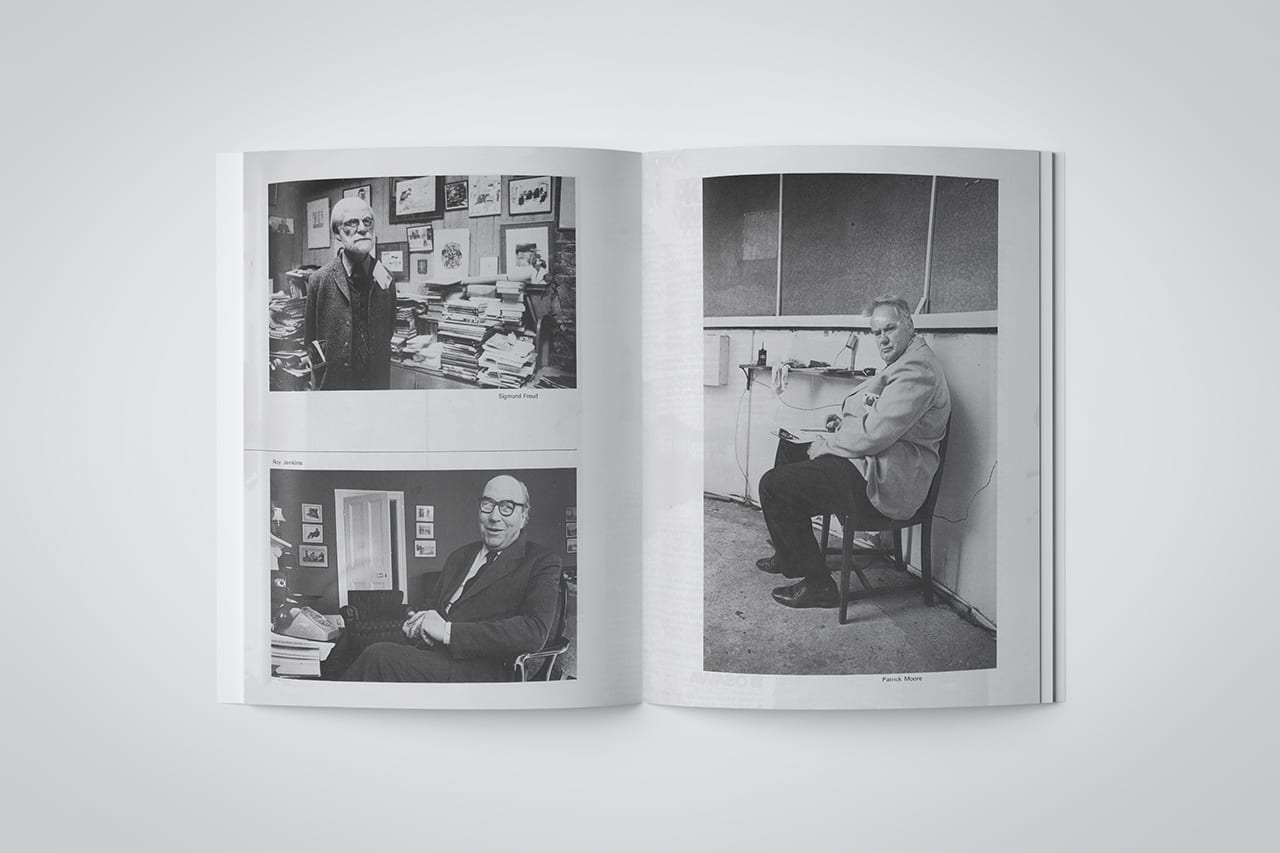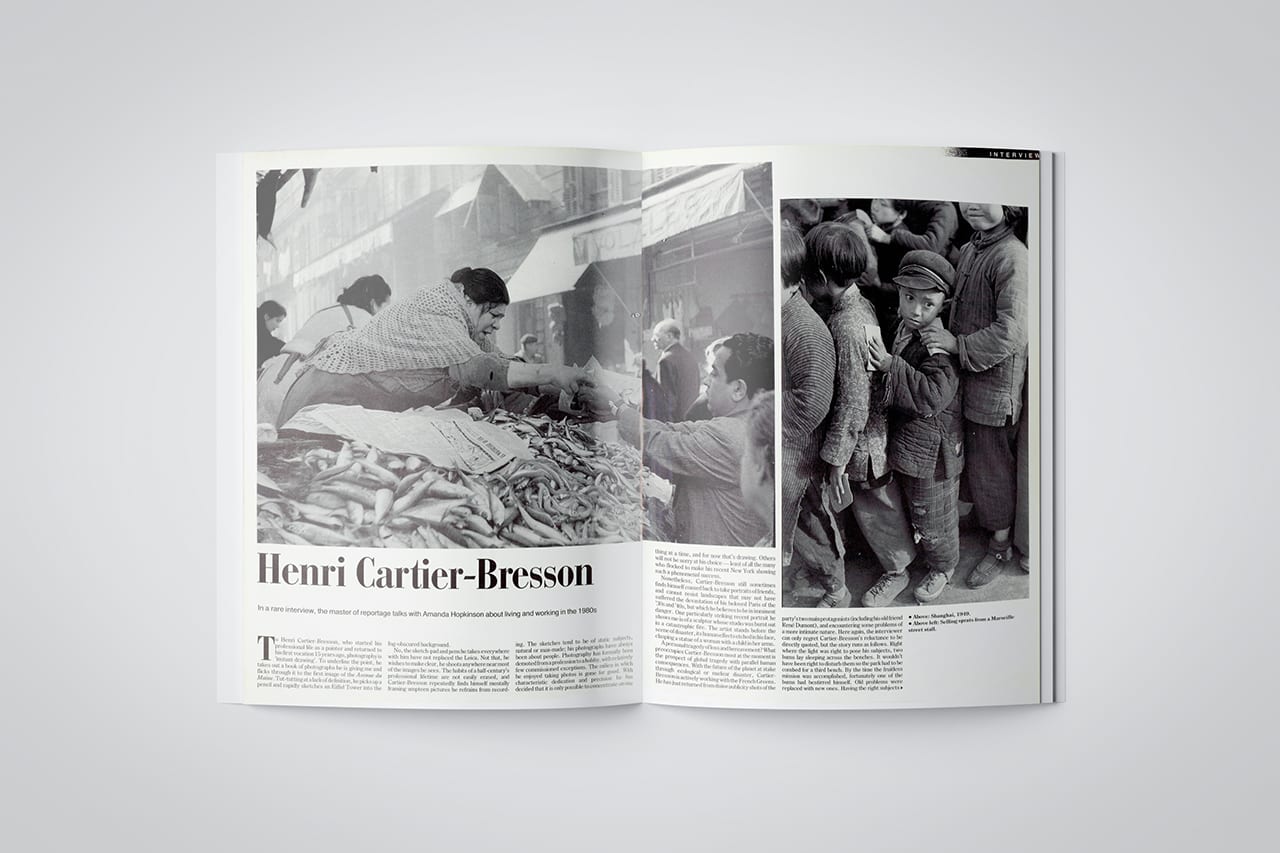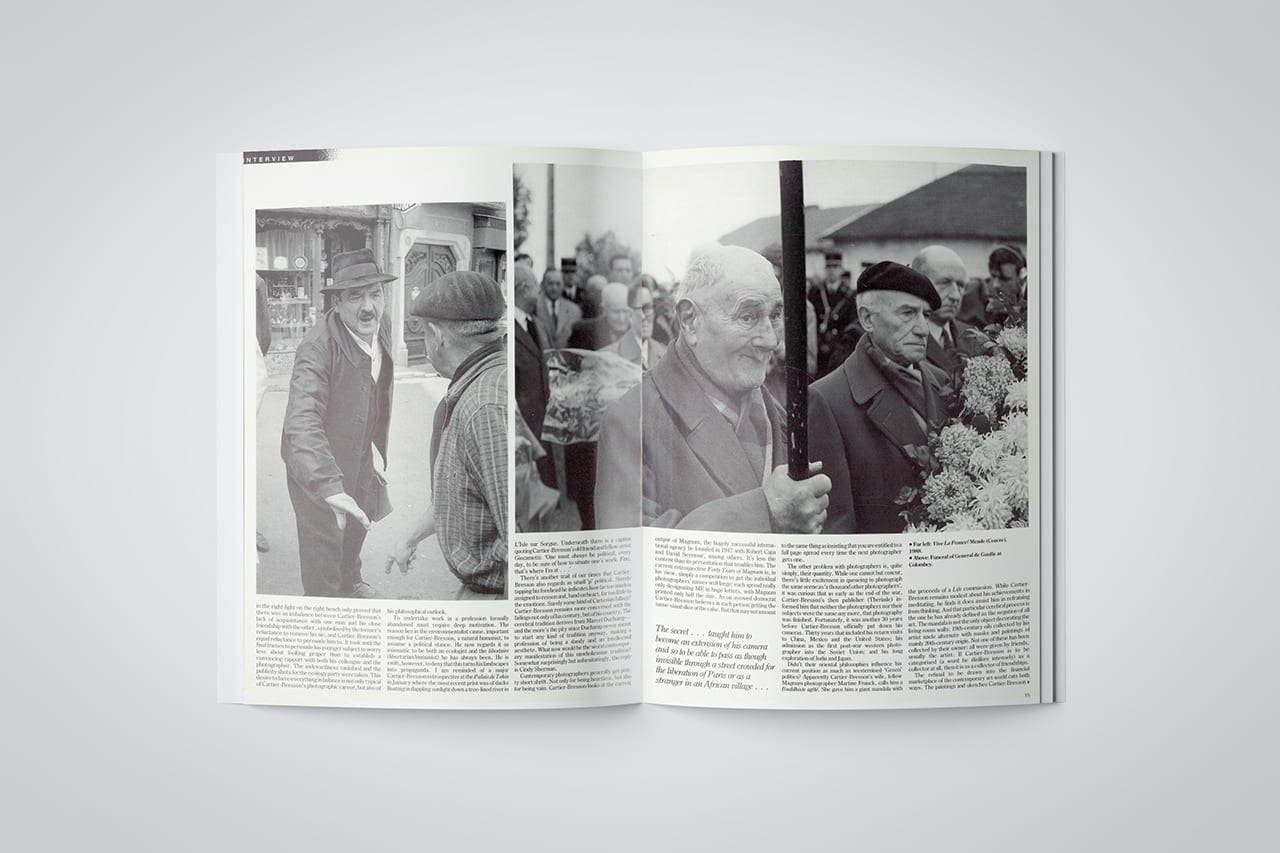In 1826 the French inventor, Nicéphore Niépce, produced the first successful photograph in a camera. In 1854, the same year Kodak founder George Eastman was born, the first issue of British Journal of Photography was published. Since then, the magazine has charted the development of the medium: from technological advancements and landmark exhibitions, to coverage of the work and stories of some of photography’s greatest practitioners.
British Journal of Photography originally existed as a trade journal, covering industry news and technological developments for a growing audience of practitioners. In early editions, minutes detailing the experiments and discoveries of photography societies around the country sat alongside articles on new equipment and processes. As photography became increasingly accepted as an art form, the magazine began featuring the photographers experimenting with the potentialities of the medium.
The past 7,867 issues of BJP offer an insight into the changing face of an art form and technology that is, to this day, continually evolving. Here, we take a look at the publication’s vast archive, spotlighting BJP’s coverage of important moments and people, over the past 168 years.
First look
From Stuart Franklin to Taryn Simon, British Journal of Photography has showcased the work of many of today’s most respected practitioners, at the very start of their careers.

“Reportedly one of the most brilliant photographers of the American school, Mary Ellen Mark started photography only five years ago,” reads the beginning of an article in the 03 September 1971 issue, presenting the early portfolio of one of the greatest documentary photographers of recent times. An image of a young boy gazing into Mark’s lens, sucking on a half-smoked cigarette, is indicative of the humanistic subject matter and black and white aesthetic that would define much of her later work.
The 03 March 1999 issue featured an interview with a young Taryn Simon, just two years after she had graduated university. The editorial sheds light on the beginnings of Simon’s practise. Now famed for her work characterised by rigorous research, and guided by an interest in systems of classification and categorisation, in this early interview she speaks about experimenting with the medium using herself as a model. The accompanying image depicts Simon squeezing into a kitchen cupboard; a metaphor for her existence as a woman trapped by domesticity.
British Journal of Photography remains dedicated to seeking out emerging photographers, with the magazine’s Projects section focused on showcasing the work of new talent.
Of influence
A long list of photography’s most influential practitioners have graced the pages of British Journal of Photography: from features of their work, to in-depth interviews shedding light on the processes and stories behind it.

In “Meeting the maestro” published in the 10 November 2004 issue, photographer Martin Parr interviewed the legendary, but notoriously difficult interviewee, Robert Frank. Parr reveals the influence of Frank on his work and provides insight into the seminal works from the artist’s career. But the short interview, conducted on the eve of Frank’s exhibition Storylines at Tate Modern, almost didn’t happen. Frank was jet-lagged and asked to defer the meeting a few days, by which point Parr would have left the country. Luckily, he was persuaded.
These are but a few of the long list of revered photographers featured in the magazine. British Journal of Photography continues to run in-depth features and interviews with some of the most established and esteemed photographers.

Established at the very beginning of photography’s short history, British Journal of Photography has covered the medium’s most important technological developments.
An article published in the July 05 1907 issue announced the invention of Autochrome, an early colour process developed by the Lumiere brothers. The principal colour photography system before the invention of colour film in the mid-1930s, Autochrome produced images with a dreamy aesthetic similar to paintings. 28 years later, in the May 03 1935 issue, the magazine ran an editorial announcing the release of the iconic colour film, Kodachrome, by Eastman Kodak. “Kodachrome appears to mark a very distinct advance in film colour work,” it read, and indeed, its invention would go on to revolutionise the medium, providing a tool for the creation of many of the 20th century’s most iconic images.
In the May 09 1947 issue, an editorial titled the Land Quick-Finish process announced the invention of a “new process … that produces finished positive pictures, directly from the camera, in about one minute after exposure”. The article, and accompanying diagrams, detailed the complex mechanical and chemical processes involved in this early prototype of the Polaroid camera. 33 years later, a feature titled The All Electronic Camera discussed the emergence of the digital camera, with coverage of the earliest digital models following soon after.
British Journal of Photography remains dedicated to covering the best of photography, spotlighting new talent and established practitioners, along with new equipment and technology. Subscribe to BJP today to find out about the most inspiring and innovative photography before anyone else.
